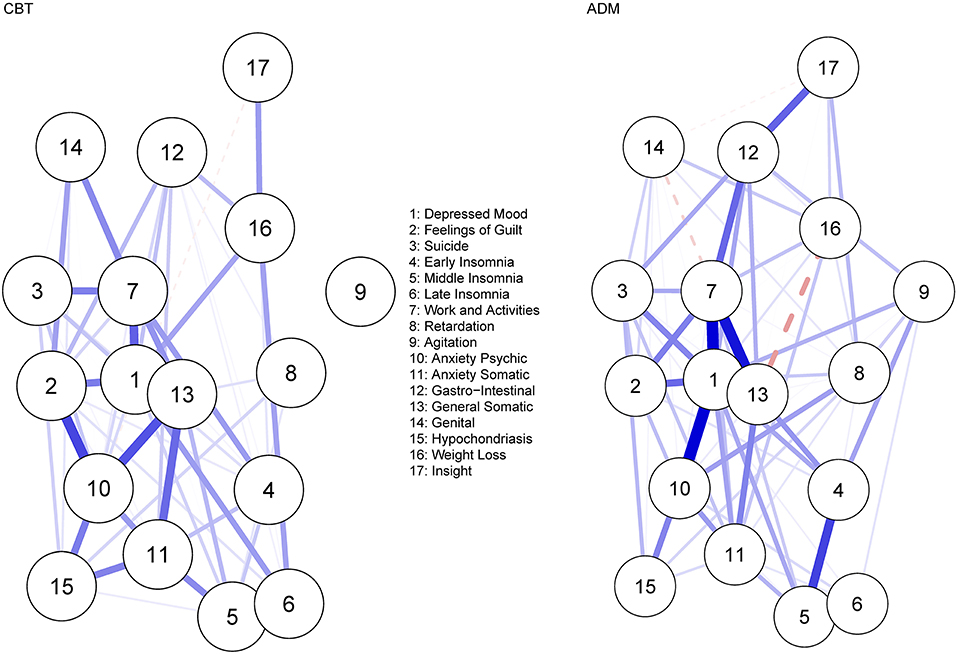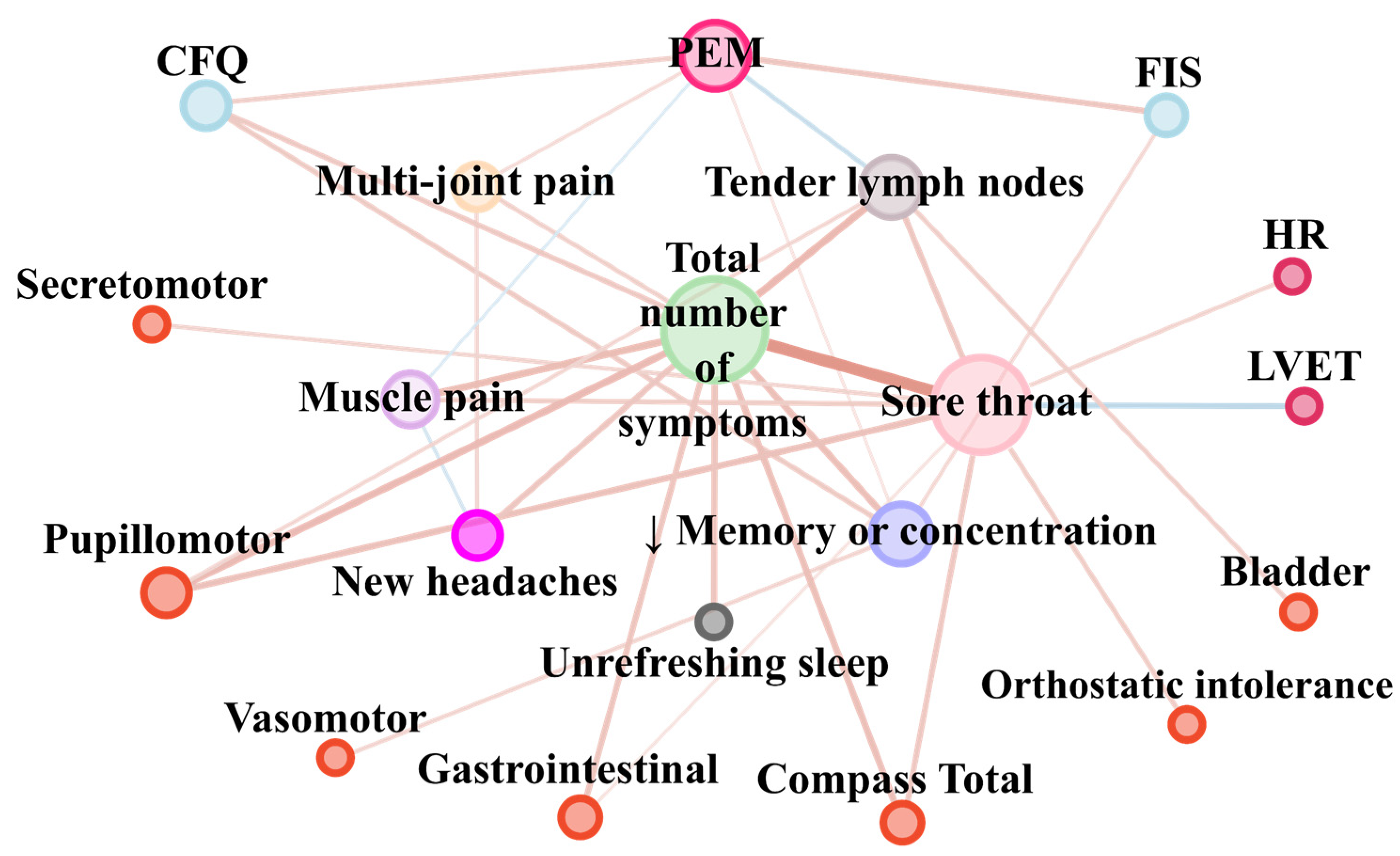

ADM's) and amongst lassitude-inability to feel post-ADM's (vs. Specifically, stronger symptom occurrences were present amongst lassitude-suicide post-CBT (vs. ADM) was observed for samples measuring depression severity using the MADRS. A significant difference in network structure across treatments (CBT vs. For CBT, fatigue-related and anxiety symptoms were also central post-treatment. Depressed mood and anhedonia were consistently central residual symptoms post-CBT and post-ADM's. Results: In total, 25 from 663 eligible samples, including 1,389 patients qualified for the IPD. IPD was requested from eligible samples to estimate and compare residual symptom psychometric network models post-CBT and post-ADM's. Methods: PsycINFO, PsycArticles, and PubMed were systematically searched through October 2020 for studies that have assessed individuals with major depression at post-treatment receiving either CBT and/or ADM's (venlafaxine, escitalopram, mirtazapine). This systematic review and IPD network analysis aimed to estimate and compare the symptom network structures of residual depressive symptoms following CBT, ADM's, and their combination. However, individual psychometric network studies show inconsistent findings. Psychometric network models help detecting and understanding central symptoms that remain post-treatment, along with their complex co-occurrences. Objective: Consistent evidence suggests residual depressive symptomology are the strongest predictors of depression relapse following cognitive-behavioral therapy (CBT) and antidepressant medications (ADM's). 2Department of Psychology, University of Southern Denmark, Odense, Denmark.

1Department of Psychology, University of Limerick, Limerick, Ireland.Aoife Whiston 1 * †, Amy Lennon 1, Catherine Brown 1, Chloe Looney 1, Eve Larkin 1, Laurie O'Sullivan 1, Nurcan Sik 1 and Maria Semkovska 2 * †


 0 kommentar(er)
0 kommentar(er)
